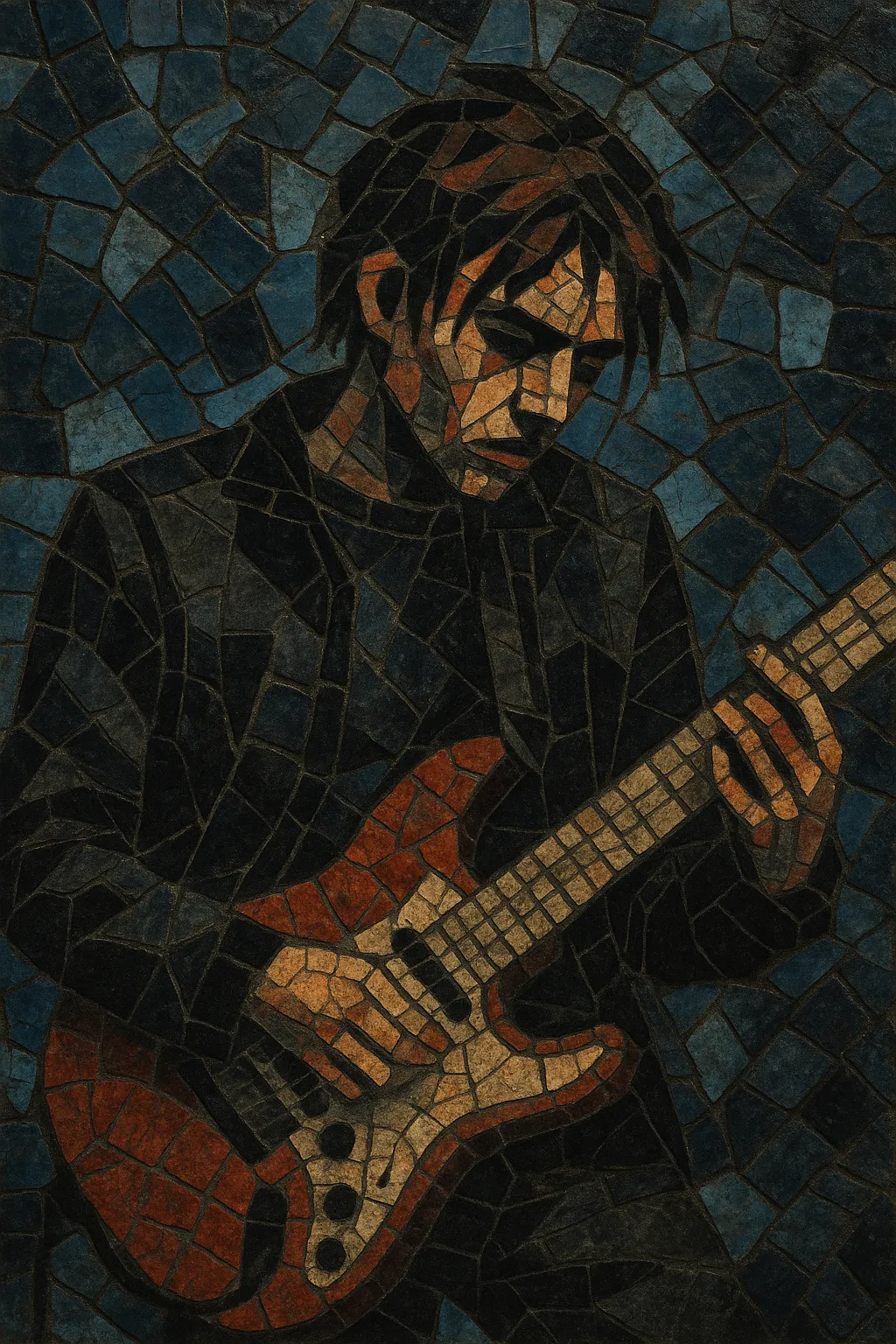
Alternative is an umbrella term for non-mainstream popular music that grew out of independent and college-radio scenes. It emphasizes artistic autonomy, eclectic influences, and a willingness to subvert commercial formulas.
Sonically, alternative often blends the raw immediacy of punk with the mood and texture of post-punk and new wave, adding elements from folk, noise, garage, and experimental rock. While guitars, bass, and drums are typical, production ranges from lo-fi to stadium-ready, and lyrics tend toward introspection, social critique, or surreal storytelling.
Over time, “alternative” became both a cultural stance and a market category, spawning numerous substyles (alternative rock, alternative hip hop, alternative pop, etc.) and moving from underground circuits to mainstream prominence in the 1990s.
Alternative took shape in the 1980s within U.S. and U.K. independent/college-radio ecosystems. Bands influenced by punk’s DIY ethic and post-punk’s experimentation cultivated local scenes, small labels, and zines. The term “alternative” described music that sat outside major-label formulas—artist-led, stylistically eclectic, and often lyrically introspective or socially critical.
The success of bands like Nirvana, R.E.M., and Pearl Jam triggered a mainstream breakthrough. Alternative’s jagged guitars, off-kilter melodies, and confessional or ironic lyrics resonated widely, leading to major-label signings and festival circuits. While this visibility expanded the audience, it also sparked debates about authenticity and commercial co‑optation.
As an umbrella, “alternative” expanded beyond rock to encompass electronic (alternative dance), hip hop (alternative hip hop), and pop (alternative pop, indie pop). Artists embraced studio experimentation, hybrid rhythms, and broader instrumentation, while indie labels and digital platforms sustained a parallel, less commercial sphere.
Alternative remains a flexible category defined more by approach than a single sound. Streaming and DIY production have lowered barriers, facilitating genre-fluid work that blends dream pop, noise rock, electronic textures, folk, and hip hop. The term continues to signal artistic autonomy, experimentation, and resistance to rigid market niches.
Aim for a balance of accessibility and experimentation. Embrace DIY sensibilities: honest performances, distinctive tones, and a willingness to subvert pop conventions.
-
•
Sketch chord progression and vocal hook.
•Establish a groove that supports the emotional arc.
•Layer textures strategically; mute anything that doesn’t serve the core idea.
•Use dynamics and ear-candy moments (stops, feedback swells, synth pads) to maintain interest.
•Mix with vocal intelligibility and guitar/bass interplay in mind; leave headroom for impactful choruses.

